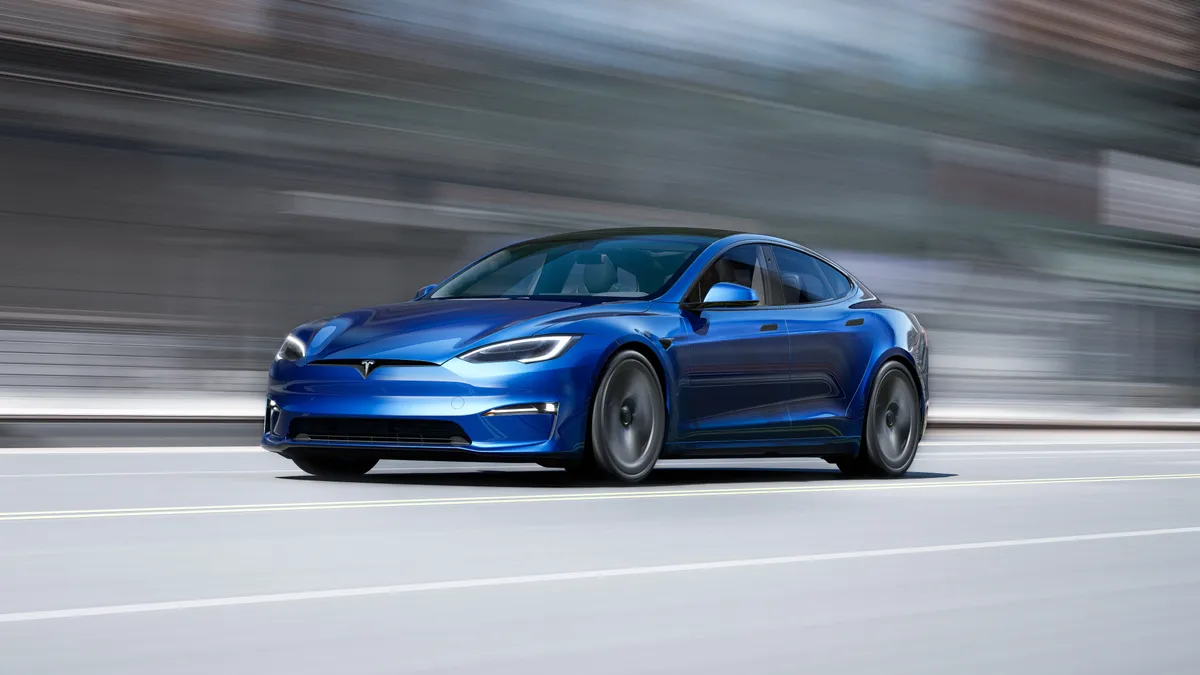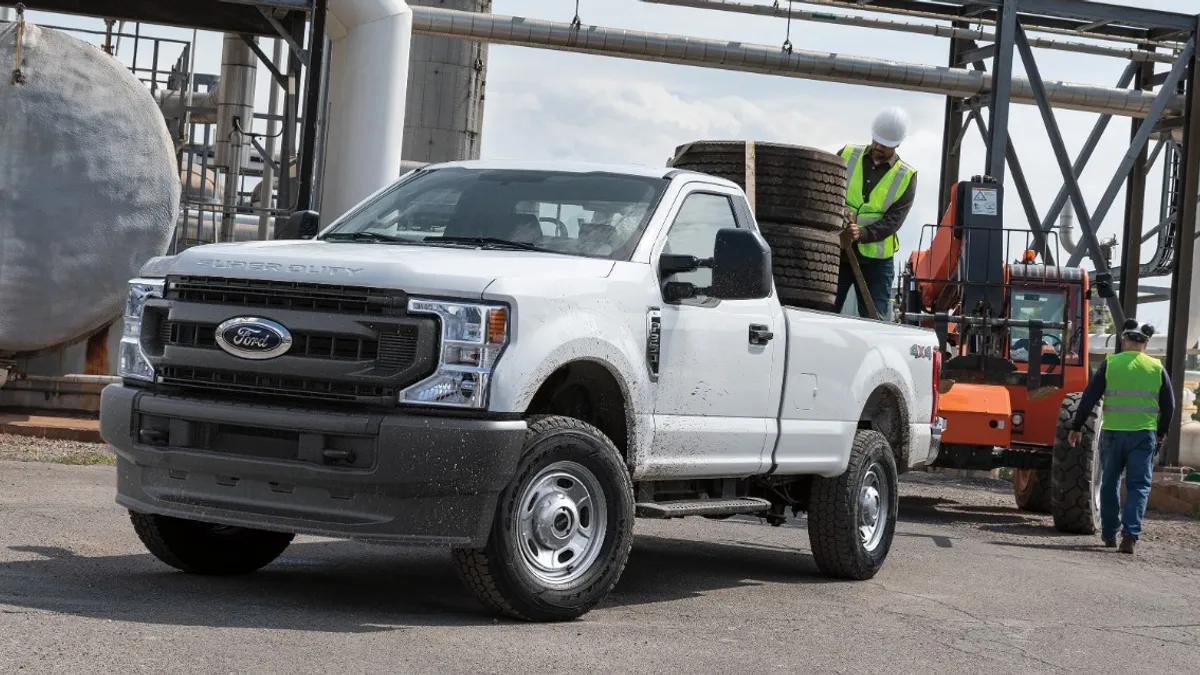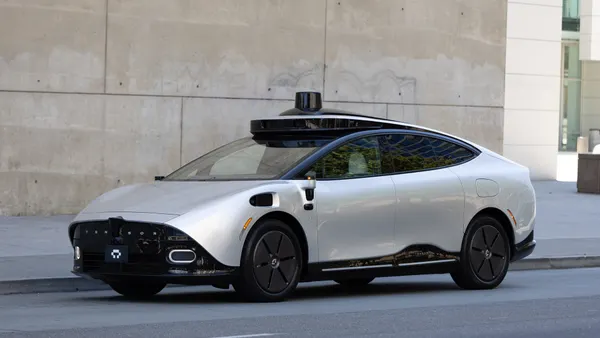Dive Brief:
- After cutting the price of the Model Y in China this week, Tesla has launched two new base versions of the Model S and Model X in the U.S., each costing about $10,000 less than the current offerings, as first reported by Reuters.
- The two shorter-range models will be available for delivery between September and October.
- Although the price cuts impact the automaker’s short-term profitability, CEO Elon Musk said last month that Tesla would sacrifice its margins to drive volume growth amid growing competition in the electric vehicle segment.
Dive Insight:
Tesla has cut prices multiple times since last year as interest rates rise. However, the discounts have impacted the company’s gross margins, which investors closely watch. Potential customers will now have three versions of the Model S and X to choose from with the launch of two new shorter-range versions of Tesla’s EVs.
The recent price cuts combined with investments in new product development helped decrease Tesla’s Q2 operating margin from 11.4% to 9.6% compared with Q1.
However, the lower-priced versions of the Model S and X may boost sales of Tesla’s two priciest and oldest models, which accounted for just 4.3% of all Tesla’s global vehicle deliveries in Q2.
The new Model S Standard Range’s price is $78,490, $10,000 less than the regular version. It can travel up to 320 miles on a charge compared to the regular Model S, which has an estimated range of 405 miles. Both models are all-wheel drive.
Tesla’s new Model X Standard Range costs $88,490 and has an estimated range of 269 miles compared to the 348-mile range of the regular version, which costs $98,490. Previously, the regular Model X was the only version available other than the high-performance, tri-motor Model X Plaid, which costs $108,490.
The new Standard Range Model S also accelerates slower than the regular version, going from 0 to 60 mph in 3.7 seconds compared with 3.1 seconds for the regular version.
In Q2, Tesla reported combined deliveries of 19,225 Model S and X vehicles compared to combined deliveries of 446,915 Model 3 and Model Ys in the same period. The automaker does not report sales of individual models in its quarterly financial results.
The lower-priced versions of the Model S and X also do not qualify for the federal EV tax credit of $7,500 as part of the Inflation Reduction Act of 2022. To qualify for the tax credit, vans, sport utility vehicles and pickup trucks must have an MSRP of $80,000 or less. For other EVs, passenger cars and sedans like the Model S, the cap is $55,000.














